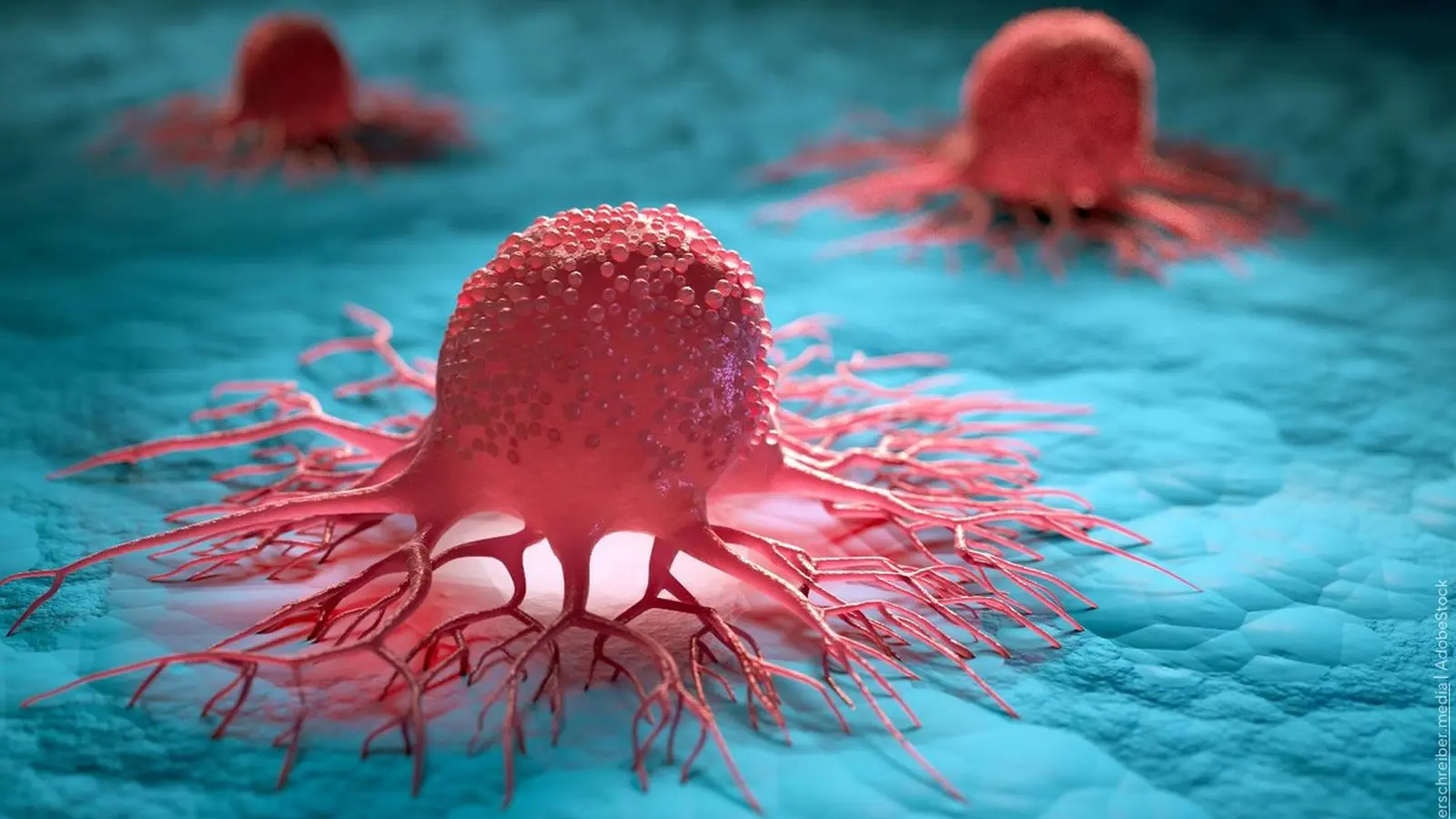3 Minutes
Researchers at the Hebrew University of Jerusalem report a first-of-its-kind small molecule that seeks out and destroys a cancer-linked RNA called TERRA, slowing tumor growth in cell models. The work points to an emerging class of RNA-targeted therapies that aim at the genetic machinery cancer cells use to survive.

A first-of-its-kind small molecule selectively degrades the cancer-linked RNA TERRA in cells, slowing tumor growth and showcasing a promising RNA-targeted strategy beyond traditional protein-focused drugs.
Why TERRA matters: the RNA behind chromosomal protection
Cells protect the ends of their chromosomes with structures called telomeres. TERRA (telomeric repeat-containing RNA) is a non-coding RNA that helps regulate telomeres and the complex cellular processes tied to aging and cell division. When telomere regulation goes awry, cells can bypass normal limits on growth — a hallmark of cancer. In several aggressive cancers, including some brain and bone tumors, cancer cells exploit TERRA-related pathways to keep dividing and avoid programmed death.
Most current drugs target proteins. But RNAs like TERRA sit upstream of proteins in the gene-expression chain. Targeting disease-driving RNAs offers a way to intervene earlier in the process that enables malignant behavior.
How the new molecule works: RIBOTAC meets RNase L
The research team used a strategy called RIBOTAC (Ribonuclease-Targeting Chimera). In plain terms, the small molecule is a two-part device: one part recognizes a specific folded shape of TERRA (a G-quadruplex), and the other recruits a natural cellular cutter, the enzyme RNase L. Together, they bring the destructive enzyme to the RNA and trigger selective cleavage.
Precision by shape
TERRA forms a distinctive three-dimensional scaffold, the G-quadruplex, which the synthetic molecule recognizes with high specificity. That structural selectivity helps the compound degrade TERRA while leaving other RNAs intact — a major advantage over less-discriminating RNA-targeting approaches.
Cell models and results
In lab tests using cancer cell lines such as HeLa and U2OS, the RIBOTAC-style compound lowered TERRA levels and slowed cell proliferation. The experiments showed selective activity against the targeted RNA and provided proof of concept that destroying a cancer-enabling RNA inside cells can blunt tumor growth.
Implications for cancer treatment and next steps
This finding reframes how medicinal chemistry and oncology can converge: drugs that degrade RNA expand the druggable genome beyond proteins. If refined and proven safe, RIBOTAC-like molecules could complement or replace therapies where proteins are poor targets, opening options for cancers that currently lack effective treatments.
Lead researcher Dr. Raphael I. Benhamou described the molecule as a "guided missile for bad RNA," emphasizing its ability to remove TERRA without harming healthy cellular components. The study, led by Benhamou, Elias Khaskia, and Dipak Dahatonde, appears in the journal Advanced Sciences and highlights an approach that other labs can adapt to different disease-linked RNAs.
Next steps include optimizing selectivity and pharmacological properties, testing in animal models, and assessing safety. Challenges remain: delivering RNA-targeted small molecules to tumors in patients, avoiding off-target effects, and confirming long-term benefits. Still, this work represents a meaningful shift toward therapies that act on the genetic instructions cancer cells rely on.
Source: scitechdaily


Leave a Comment